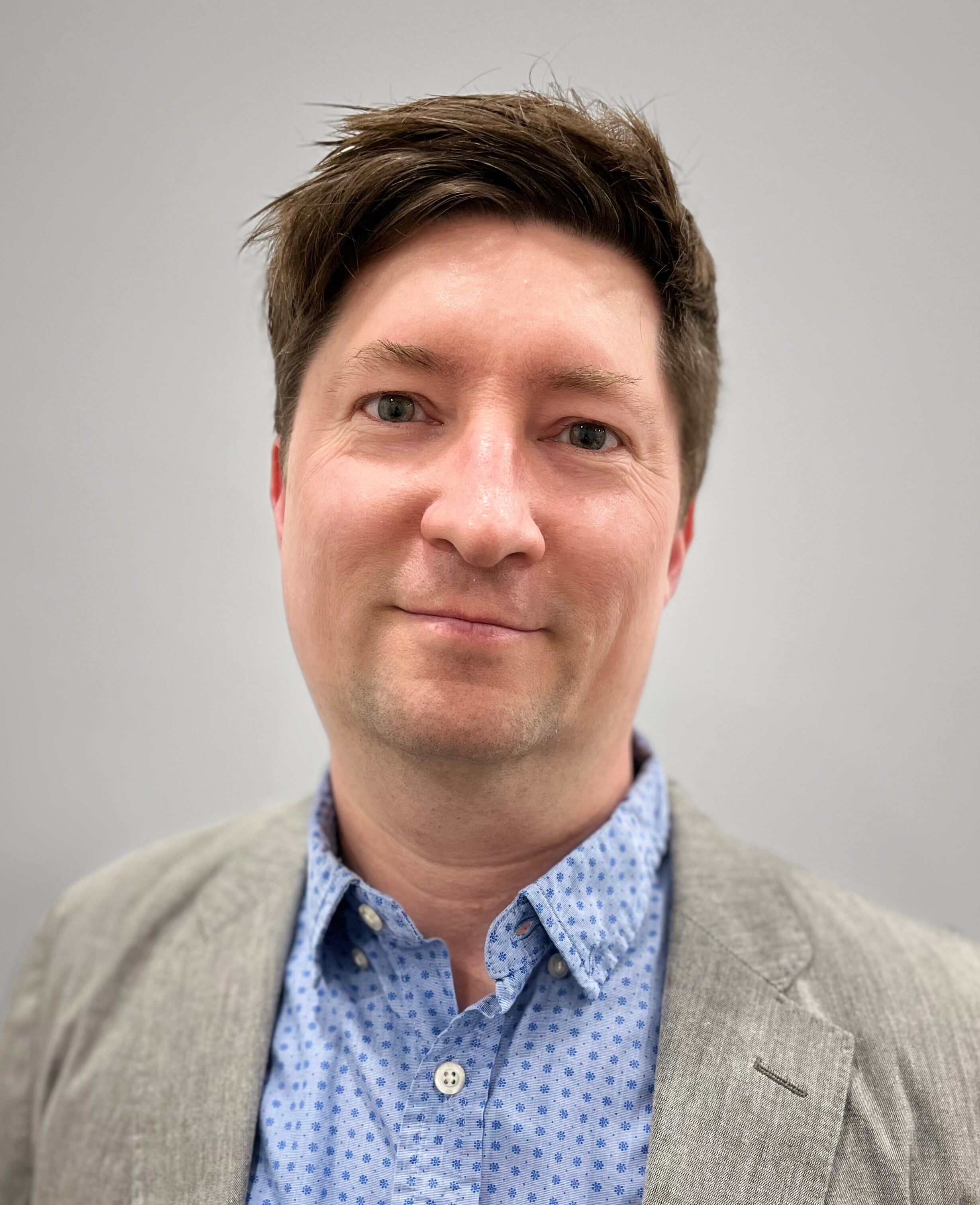Drug hunting LSU Chemistry alum turns molecules into medicines
July 17, 2023

LSU Chemistry Alum Matt Bursavich (LSU BS 1997)
BATON ROUGE – With plenty of sporting events to attend and his father working on campus, LSU Chemistry alumnus Matt Bursavich (BS 1997) spent much time on college grounds during his early life. His history being on and around campus made for a smooth transition to undergraduate studies when he enrolled at LSU in 1993.
Bursavich was drawn to science after a high school summer research experience in the laboratory of Professor Lowell L. Black in the LSU Department of Plant Pathology and Crop Physiology, during which he examined diseases infecting tomato and pepper plants. His research activities continued at LSU as an undergraduate student, shaping his interest in organic chemistry.
“Getting in the lab and working in the lab is what made the difference for me,” Bursavich said. “I could go to the lab, listen to music, hang out, and make stuff. At the end of the day, I would have something that hadn’t existed in the morning with the idea that it could ultimately become a product to benefit humans.”
In the research laboratory of Professor Mark McLaughlin, Bursavich worked alongside then-graduate students Ted Gauthier, T. Scott Yokum, and Lars Hammarstrom, synthesizing novel polar alpha-alpha disubstituted amino acids to be utilized in peptide synthesis. His experience synthesizing amino acids and peptides as an undergraduate taught him the basic skills he would need for his graduate studies toward becoming a medicinal chemist.
Bursavich earned his Ph.D. in organic chemistry in 2002 from the University of Wisconsin in Madison under Professor Daniel Rich, designing, synthesizing, and evaluating novel non-peptide peptidomimetic inhibitors for critical drug applications.
Since graduate school, Bursavich has continued training to become a professional drug hunter. He has worked on programs to deliver drug molecules for several diseases or conditions associated with oncology, neuroscience, and inflammation in major pharmaceutical, biotechnological, and startup companies, including Morphic Therapeutic, FORUM Pharmaceuticals, Myrexis, and Wyeth Pharmaceuticals.
Bursavich is the Vice President and Head of Chemical Sciences at Morphic Therapeutic, leading the design and discovery of a new generation of oral integrin-targeting drugs that can potentially transform the treatment of inflammatory bowel disease, or IBD, and other chronic illnesses.
His most recent focus has been leading the efforts to create oral small molecule inhibitors of α4β7 integrin as a treatment for ulcerative colitis. These efforts have led to the design and discovery of MORF-057, a small molecule inhibitor that blocks α4β7 on the surface of T-cells in the bloodstream from binding to mucosal vascular addressin cell adhesion molecule 1, or MAdCAM-1, to reduce lymphocyte migration into intestinal mucosal tissues and prevent inflammation associated with IBD.
Pharmaceutical research and development can lead to life-changing therapies, but ultimately low success rates result in few drug candidates being approved. Bursavich uses innovative approaches to keep himself motivated through the complexities of his work.
“Ninety-nine percent of what we do is going to be a failure. It's common for someone who works as a medicinal chemist in the pharmaceutical industry to never lead a program where those efforts deliver an approved drug because there are so many ways it can fail,” Bursavich said.
“ You have to view drug discovery like running a marathon. Rather than focusing on just reaching the finish line, you have to appreciate the race. ”
According to Bursavich, drug discovery is a team sport that performs better with game-changing technology and workplace camaraderie. To help reduce drug attrition and create best-in-class candidates, Bursavich and his team are leveraging digital chemistry.
Through a partnership between Morphic and Schrödinger, an international scientific software company, Bursavich and his team are incorporating machine learning with physics-based methods into compound design and development. By doing so, they can accelerate the synthesis and testing processes to increase the chances of finding a promising drug candidate with optimal properties.
They also utilize real-time collaboration on a chemical design platform to share ideas, designs, and evaluations of new compounds from anywhere and anytime worldwide. The informatics platform allows the team to work collectively through challenges, build synergy as a group, and celebrate their shared successes.
At Morphic, Bursavich and his team are still in the race and pushing toward the drug-to-market finish line. Advanced and collaborative approaches have played a crucial role in successfully delivering multiple drug candidates, including MORF-057, which is currently in Phase 2 clinical trials for treating ulcerative colitis.
Bursavich attributes much of his successes to the connections made during his academic and career journey, including the McLaughlin research group and his first LSU chemistry teacher, the late LSU Chancellor Emeritus James Wharton.
“I’ve been fortunate to have awesome coworkers and mentors, people who taught me things that it took them years to learn. They taught me so I could quickly learn from their hard lessons or key insights in a manner of months, and many of those friendships and relationships have continued to this day,” Bursavich said. “The right mindset and the right people make the difference.”
In addition to hunting for the next life-saving molecule, Bursavich enjoys spending time with his wife and two sons, 12 and 9, traveling to new places, and enjoying the many different experiences his education and career have provided.

Matt Bursavich with his wife and two sons.